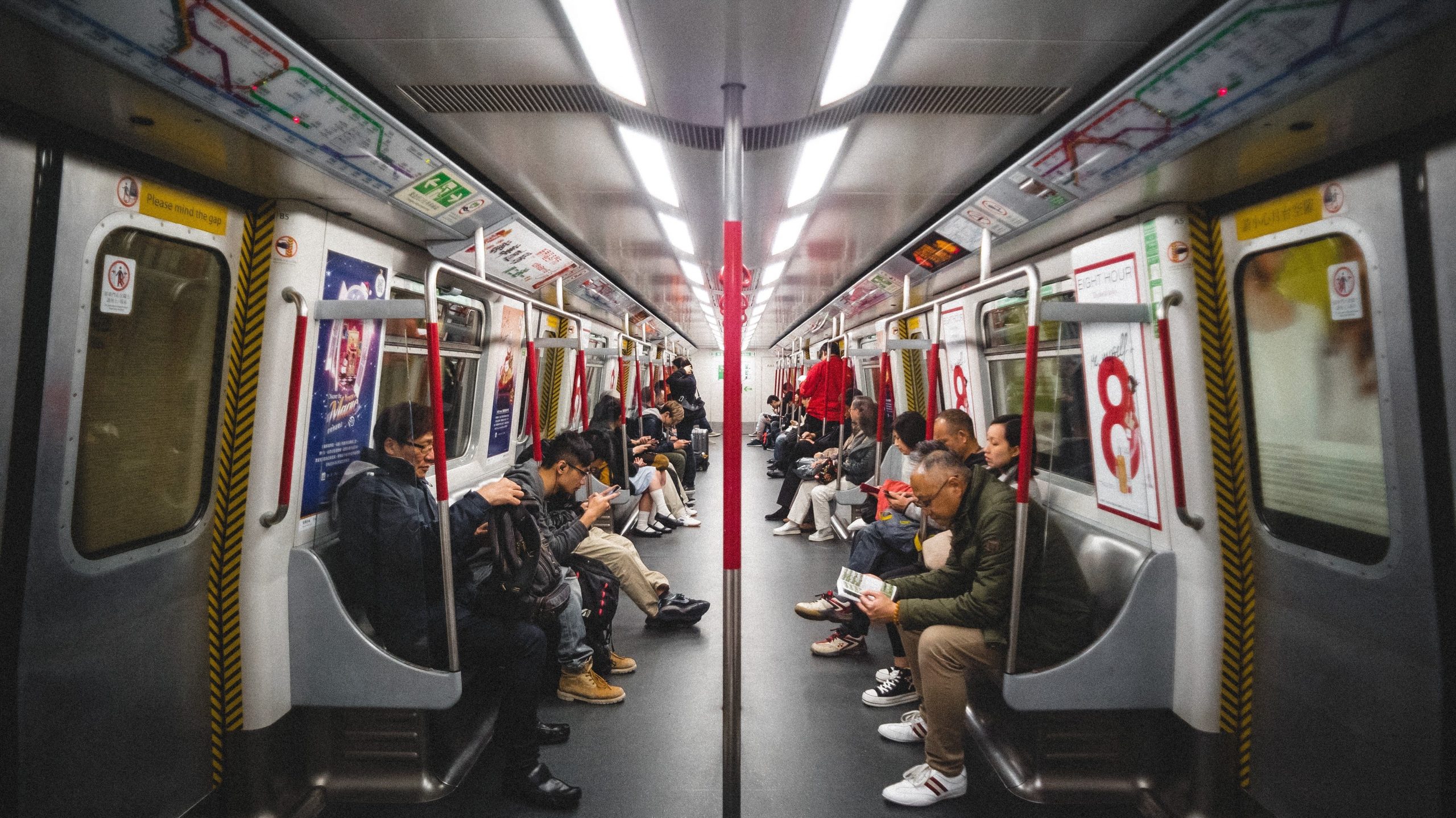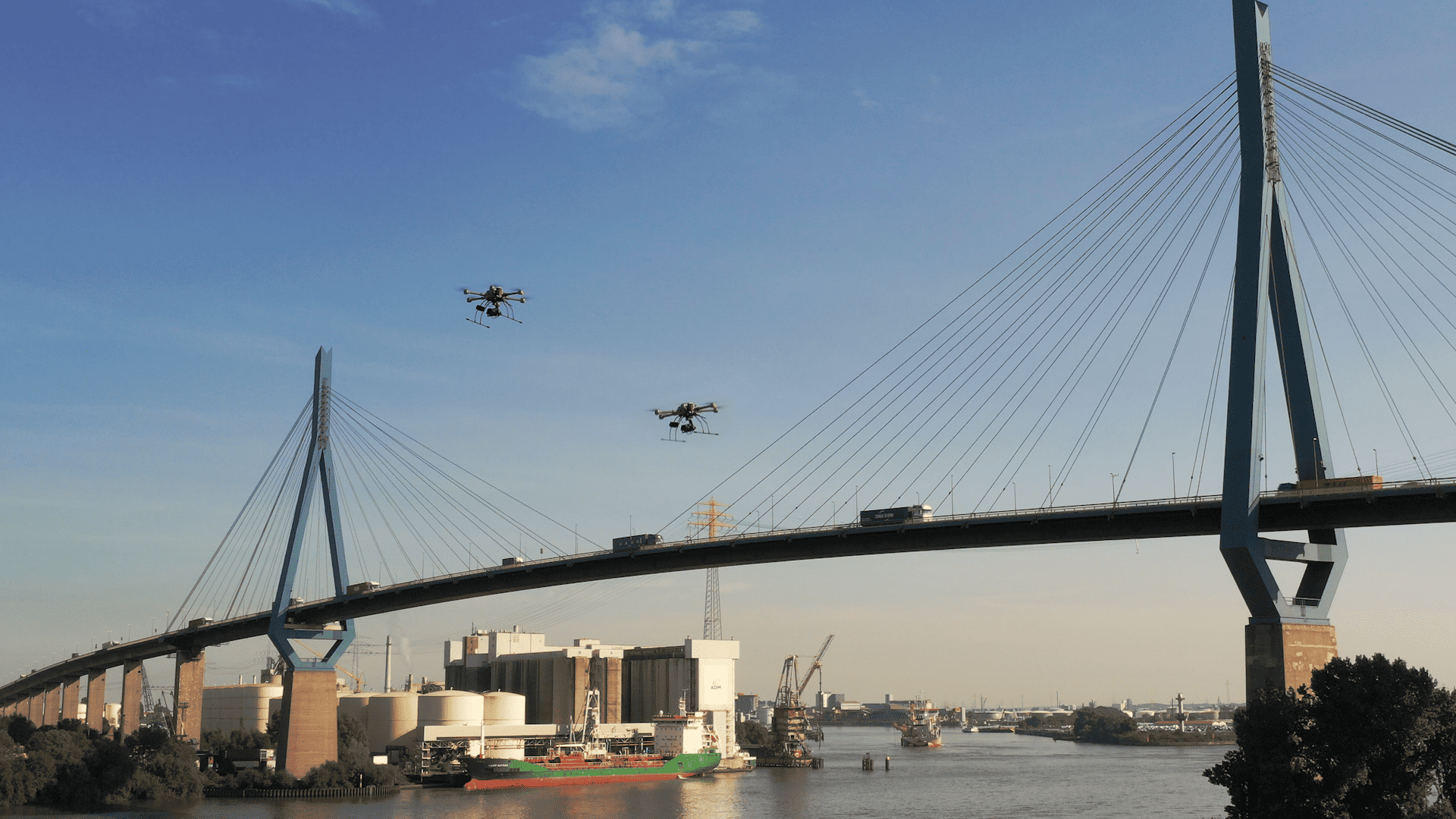
Smartphone software that detects which means of transport the user is using – and for how long. This vision became reality at the Austrian Institute of Technology (AIT). Compared to other systems, the software is completely free of the need for any interaction. This means that people can use public transport without having to buy a ticket or interact with a smartphone.
Anyone using public transport has to buy a ticket at a sale counter, a ticket terminals or on the internet. When crossing state lines, tickets must also be purchased from several transport operators. Even the so-called Be-In/Be-Out solutions require passengers to interact, for instance on a smartphone. This solution uses a sensor installed in the transport vehicle to record the passenger’s route and destination data and compares that with the GPS position data on their smartphone. When boarding the vehicle, the passenger must confirm their boarding point which the app also then automatically displays.
For public transport operators, Be-In/Be-Out solutions require major investments in infrastructure. Their vehicle fleet and all of the station stops must be equipped with the necessary hardware such as beacons, sensors or other passenger detection systems.
Software and algorithms
The MODE software was developed at the Center for Mobility Systems, part of the Austrian Institute of Technology (AIT) and is a user-friendly tool for both parties, as in passengers and transport operators. MODE forms the basis for future smart phone-based autonomous ticketing in public transport. The system works by collecting information about the route, transfer points and transport mode used. Passengers do not need a ticket. This is automatically activated and deactivated by the app on a smartphone. Price caps ensure that the cheapest ticket is selected.
Survey of various transport modes
MODE makes a distinction between eight different modes of transportation: bicycle, motorcycle, car, bus, tram, metro, railway and walking. The smartphone generates the corresponding data using GNSS and other positioning tools, along with sensor-based velocity data. The latter involves motion patterns, e.g. a bus ride entails starting, accelerating and braking. But it is also about vibrations in vehicles. The system can differentiate between vibrations in buses and cars, Hainz explains.
The above-mentioned data is combined with GIS data, time schedules and real-time information on public transport.
Smart-phone-based data is transferred to a server where the MODE algorithms generate reliable and detailed travel information.
New features for transport operators
There are a number of advantages for the operators of public transport services. The software components can easily be integrated into a variety of ticketing applications and platforms and adapted to specific requirements and interfaces, which would make ticket terminals and ticket validators obsolete. There is no need to invest in on-board hardware such as Bluetooth or RFID beacons. Moreover, the software incorporates functions that were previously expensive or impossible:
- Counting passengers for optimizing service performance;
- Regulation of tariffs based on passengers’ transportation behaviour;
- Transparent allocation of each operator’s share of the market within a transport network;
Software and algorithms
In some cases, the technology is made up of software and an algorithm. A complete app does not exist as yet. According to AIT press spokesman Florian Hainz, there are still a few questions that need to be answered if the app is to be implemented. However, detection of transportation modes via smartphones has put the company at the forefront of technology.
One of the first successes that the technology booked was the Sussex-Huawei Locomotion (SHL) Challenge 2018 in Singapore. There, the system took first place in the category Transportation Recognition ( for recognition of a switch from one mode of transportation to another) and gained fourth place overall. On top of that, the MODE software required the shortest amount of training time and by far the least storage space.
The AIT Center for Mobility Systems team has already developed an app for recording the transportation-related behavior of passengers. This was previously used for research projects in Vienna and Tbilisi. Furthermore, the app was used in the Smart Journey pilot project as well. A technical system that allows interstate access to all public transportation modes was tested there for the first time.
Recently, the autonomous ticketing system from the AIT Center for Mobility Systems won the 2019 VCÖ Mobility Prize in the Digitization category.







